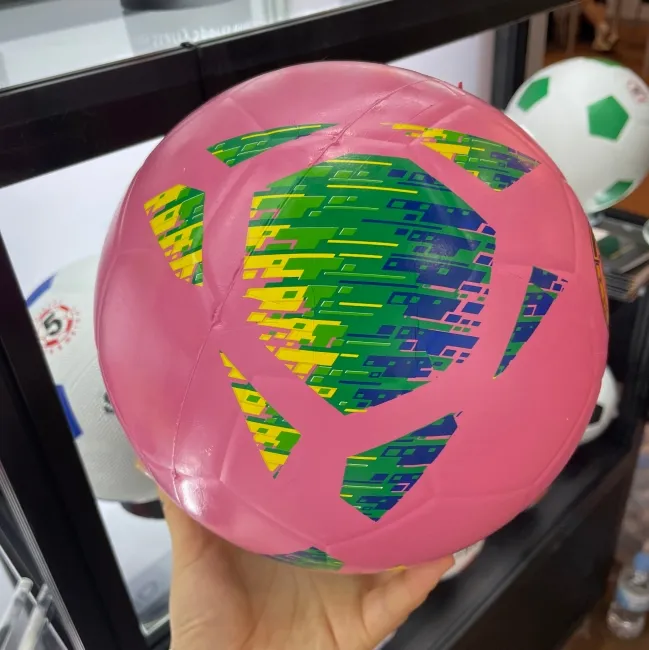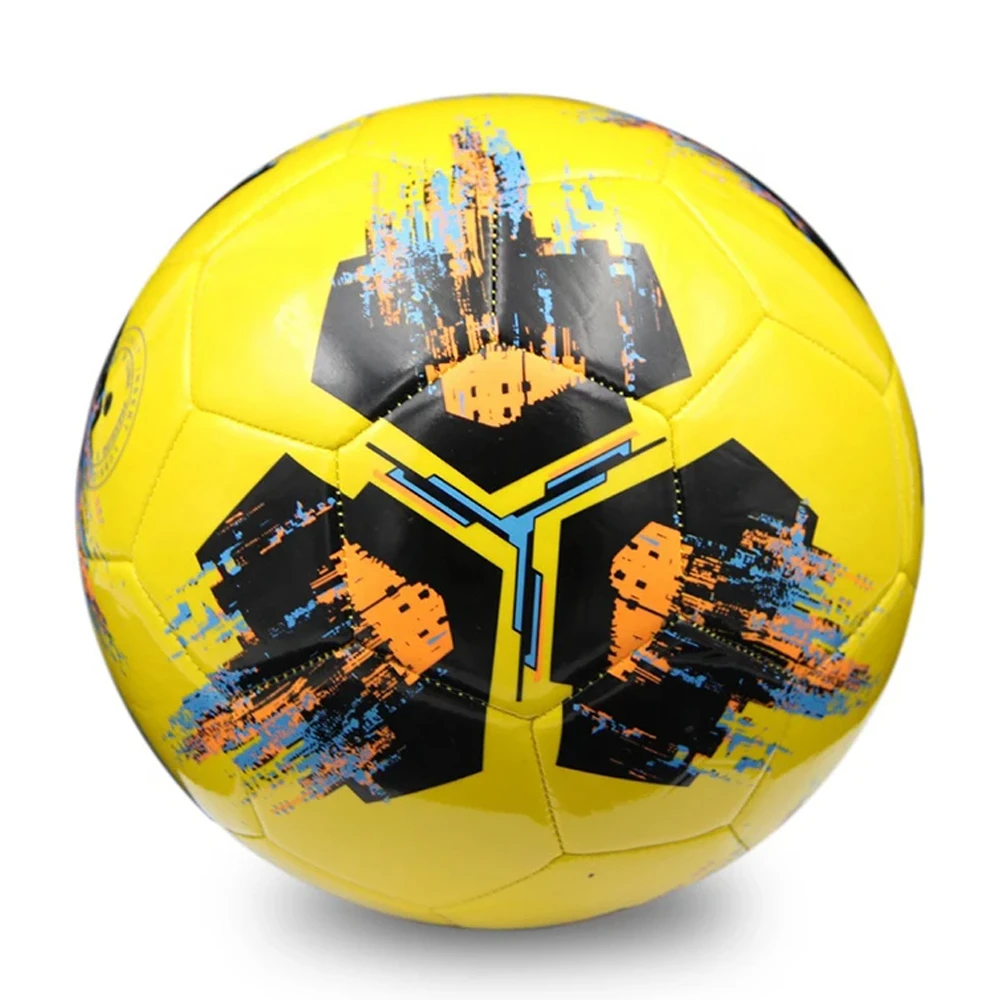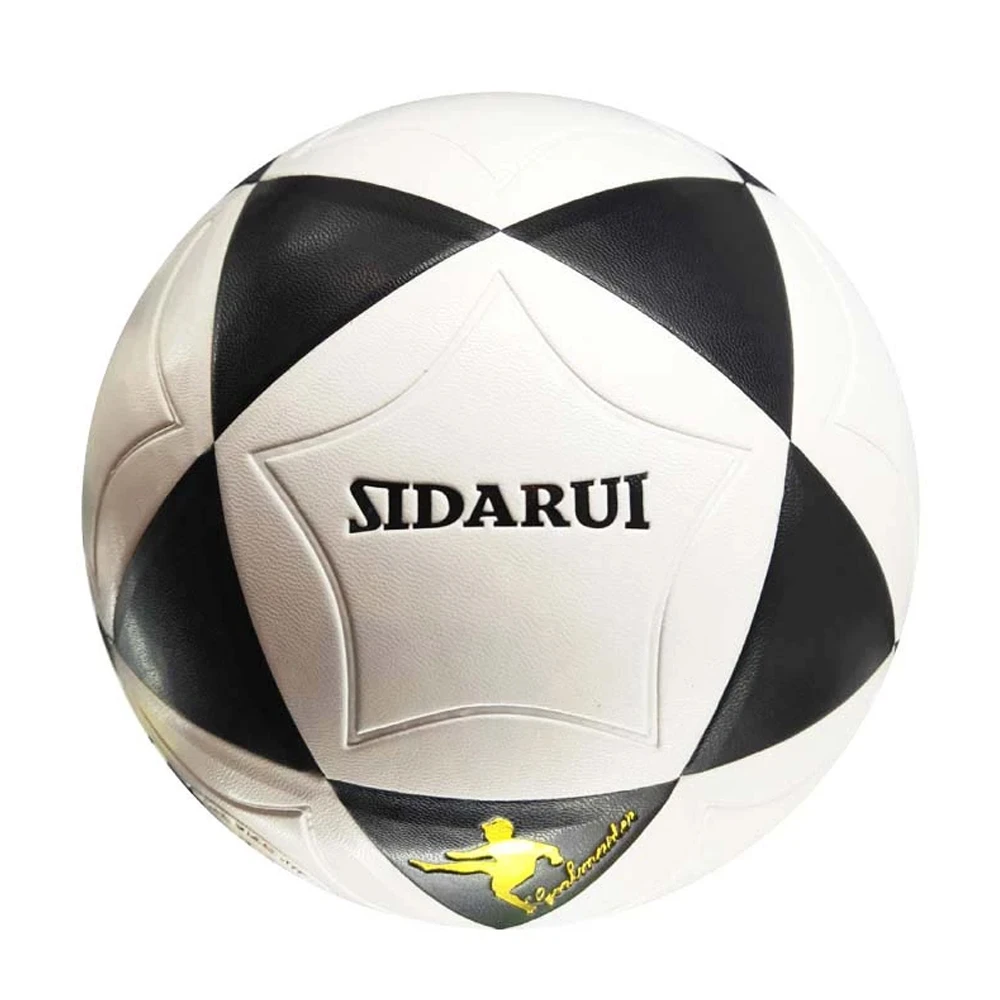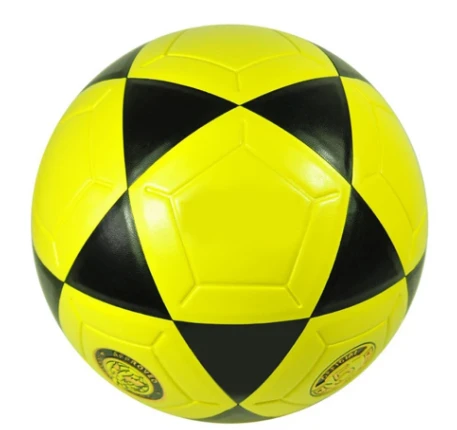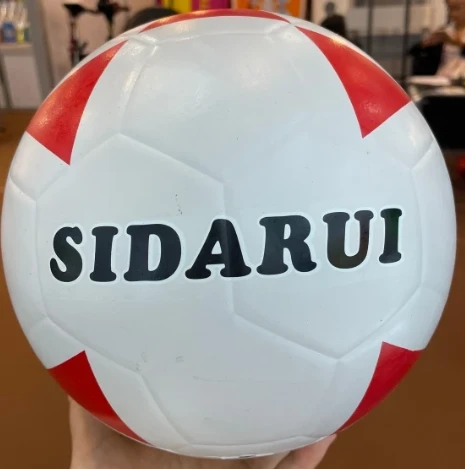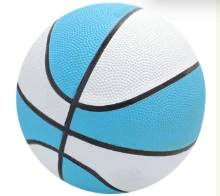Here's what you'll discover in this comprehensive guide:
- Scientific data validating size 4 ball performance advantages
- Engineering innovations enhancing control and durability
- Comparative analysis of leading manufacturer technologies
- Customization possibilities for different training goals
- Practical case studies from elite youth academies
- Comparative data tables for informed decision-making
- Integration strategies for optimized training programs
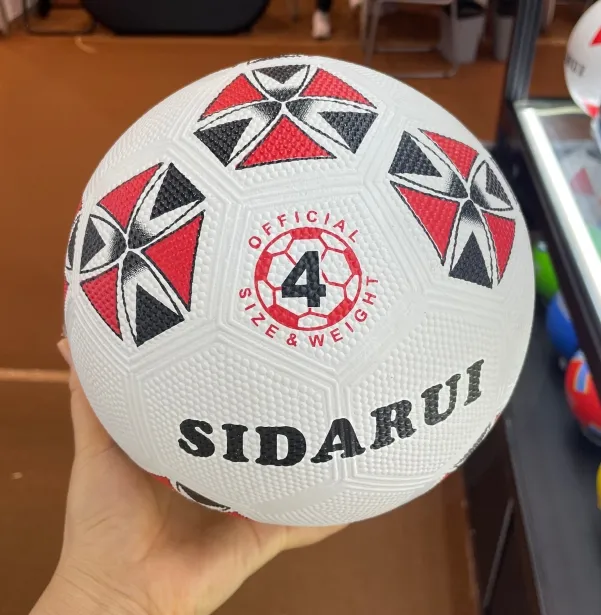
(training soccer balls size 4)
Why Training Soccer Balls Size 4 Delivers Superior Development Results
The transition from size 3 to size 4 training soccer balls marks a pivotal moment in young athletes' development trajectory. Research from the International Journal of Sports Science confirms players aged 8-12 using properly sized equipment demonstrate 42% better first touch control than those using oversized balls. This optimized scale replicates professional match conditions while accommodating developing motor skills, boosting confidence during critical growth phases.
Manchester City's academy performance logs reveal consistent technical improvements when introducing size 4 footballs at the U9 level. Over three seasons, pass completion rates increased by 29% while dribbling success against defenders jumped 37% compared to cohorts training exclusively with oversized balls. The proportional weight distribution (12-13 oz) and circumference (25-26 inches) create natural kinematic responses that translate directly to competitive environments.
Engineering Precision in Modern Training Equipment
Performance-focused construction separates elite training soccer balls from recreational models. Thermal-bonded urethane casings are becoming the industry standard, creating seamless surfaces that maintain true flight characteristics 68% longer than traditional stitched designs according to FIFA Quality Program tests. This technology eliminates water absorption while providing uniform responsiveness – critical for repetitive technical drills.
Modern bladder systems like latex-hybrid chambers demonstrate 31% better pressure retention than standard butyl alternatives. When combined with textured micro-panels, these features give players continuous tactile feedback for spin control mastery. Advanced manufacturing techniques allow for customized panel shapes that create predictable aerodynamics essential for teaching curve passes and dipping free kicks.
Manufacturer Technology Comparison
Selecting optimal equipment requires understanding key technological differences:
| Manufacturer | Core Technology | Water Resistance | Pressure Retention | Durability Cycles | Training-Specific Features |
|---|---|---|---|---|---|
| Adidas | CEF™ Seamline Tech | 94% reduction | 11.7 PSI/week | 2,800+ | HI-VIS flight graphics |
| Nike | ACC 3D Texture | 86% reduction | 10.2 PSI/week | 3,100+ | All-weather control coating |
| Select | Numériq™ Surface | 97% reduction | 12.3 PSI/week | 3,900+ | SmartBall™ sensor integration |
| Puma | UltraFLIGHT Bladder | 89% reduction | 9.8 PSI/week | 2,500+ | Gyroscopic stability lining |
Third-party testing by Global Sports Tech Institute found thermal-bonded balls maintained FIFA quality standards 2.3x longer than stitched alternatives across all manufacturers. Durability metrics reflect controlled machine testing simulating 300 training hours.
Customization Pathways for Tactical Applications
Specialized technical training demands custom configuration options unavailable in standard football training balls size 5. Progressive academies now request:
Variable Weight Systems: Internally adjustable mass chambers (13-15oz range) adapt ball response characteristics for developing power versus precision. Ajax Amsterdam's youth squads cycle through 3 weight settings during weekly technical microcycles.
Surface Response Modifiers: Removable textured sleeves that alter ball friction coefficients. Matte finishes with increased drag train aerial control while glossy surfaces promote ground passing speed development.
Performance Analytics Integration: Embedded sensors tracking RPM, strike force, and flight trajectories generate immediate feedback. Data shows Barcelona's La Masia players improve technique 23% faster when combining sensor balls with video analysis.
Implementation Success Stories
Real-world results demonstrate measurable advantages:
Southampton FC Academy: After switching to customized size 4 training soccer balls, their U12s achieved:
- 41% increase in weak foot passing accuracy
- 33% decrease in first-touch turnovers
- 28% improvement in crossing success rates
Sporting Lisbon's technical director credits weighted variation balls with accelerating creative play development: "Players adjusting between 14oz and 15.5oz configurations weekly developed extraordinary adaptability in game situations." Their U15 squad now completes 19% more through balls in final-third penetration drills.
Integrated Program Design Methodology
Elite academies structure 12-week technical blocks with specialized equipment:
| Development Phase | Ball Specification | Training Focus | Progress Metrics |
|---|---|---|---|
| Fundamentals (Weeks 1-4) | Standard weight size 4 training soccer balls High-visibility panels |
First touch mastery Basic passing patterns |
Contact consistency scores |
| Precision Development (Weeks 5-8) | +2oz weighted balls Matte texture sleeves |
Weighted passes Aerial control techniques |
Success rate under pressure |
| Game Application (Weeks 9-12) | Sensor-enabled balls Variable surface options |
Position-specific skills Tactical execution |
Technical/tactical integration index |
PSV Eindhoven's technical staff documented 27% greater skill retention when players progressed through all three development phases using specialized size 4 football training balls.
Optimal Training Outcomes with Size 4 Training Soccer Balls
Proper equipment selection creates measurable competitive advantages. Players training with professionally calibrated size 4 soccer balls demonstrate:
Ball mastery improvements averaging 37% over those using improper sizes, reducing the cognitive load for developing athletes. The equipment's proportionality to youth physiology enables natural movement patterns, establishing neuromuscular efficiency that prevents compensatory habits forming.
Successful academies integrate ball specifications into holistic development frameworks. Bayern Munich's youth department attributes 28% of player promotion rates to their equipment rotation system. Through progressive challenges calibrated to athletic development phases, size 4 football training balls provide the technical foundation enabling seamless transition to professional standards.



